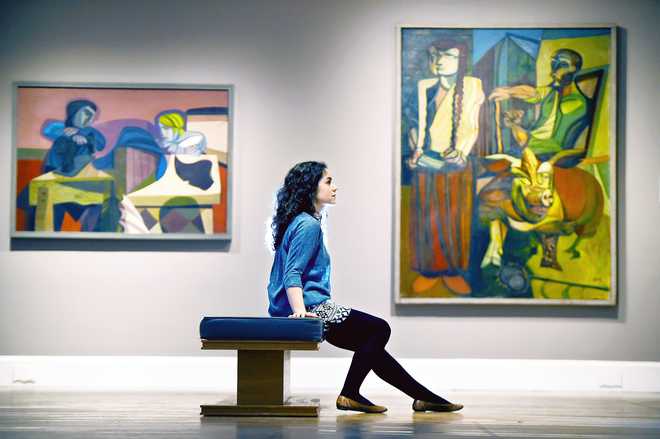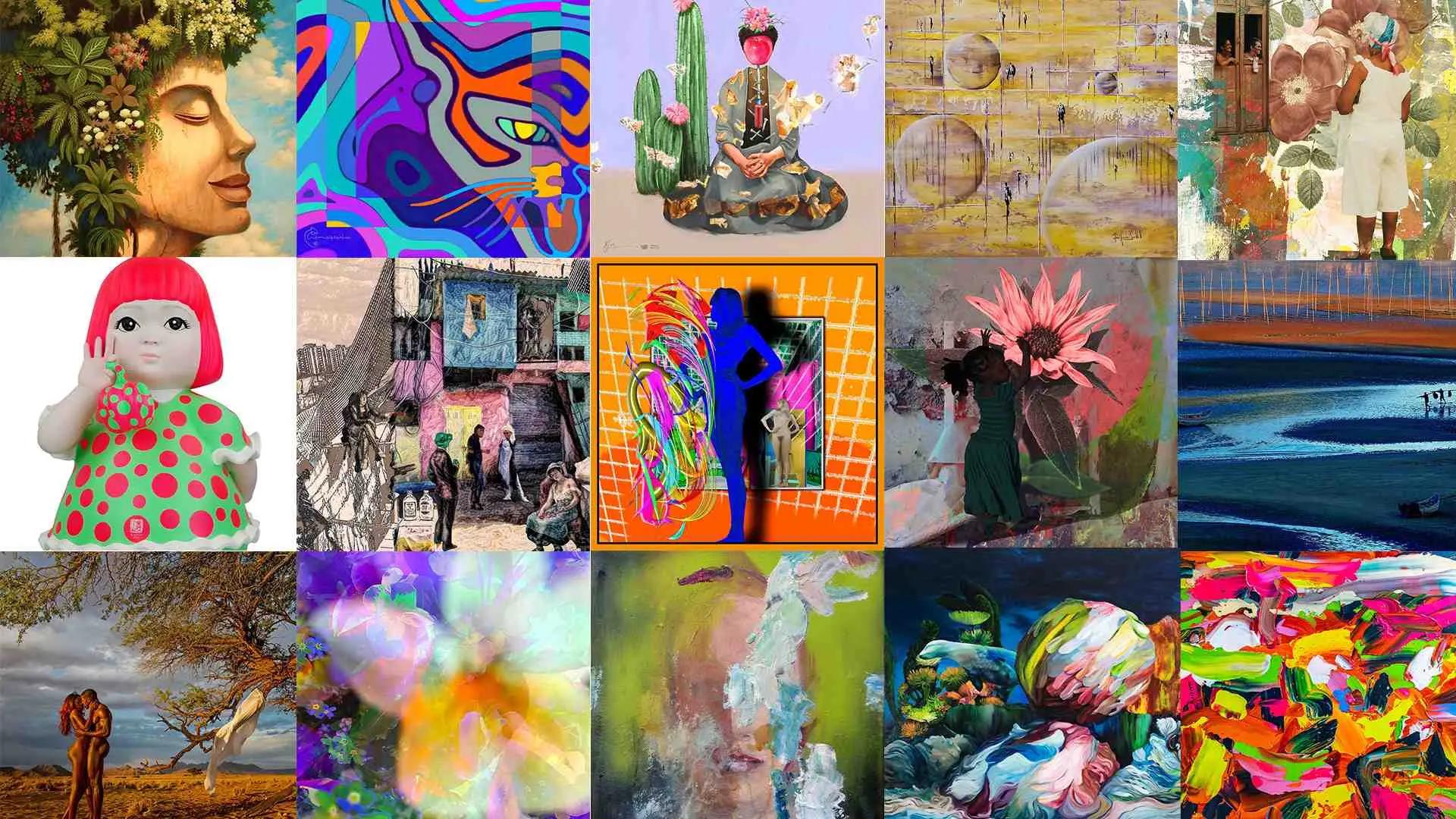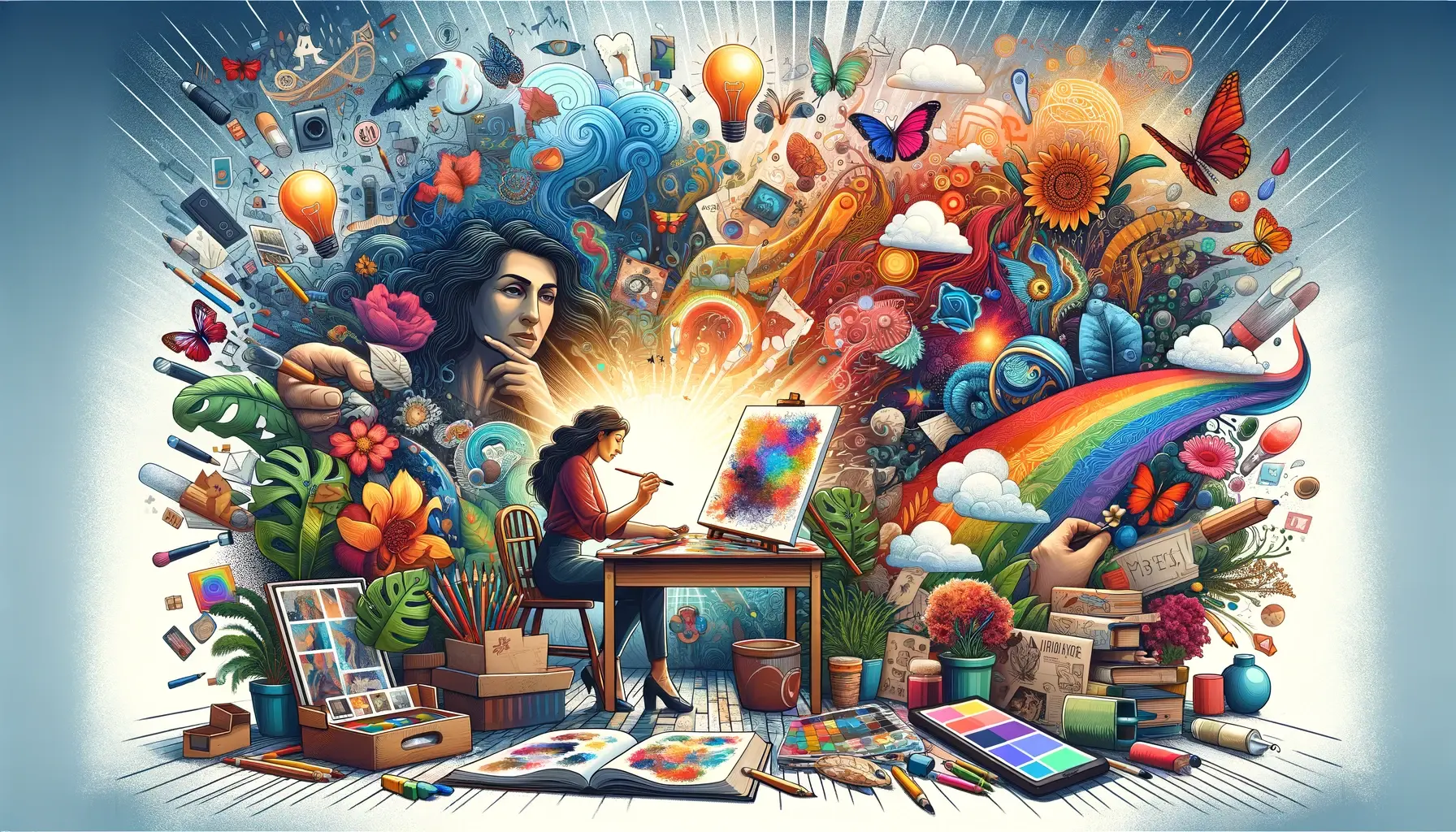Introduction
Art has always been a fundamental part of human expression and culture. From the earliest cave paintings to contemporary digital art, it has the power to communicate emotions, ideas, and stories that words alone often cannot. Beyond its aesthetic appeal, art plays a crucial role in shaping our lives, influencing our mental well-being, and fostering creativity in various aspects of life. In this article, we explore the transformative power of art and its impact on individuals and society.
1. Art as a Form of Expression
Art provides a unique platform for individuals to express their innermost thoughts and emotions. Whether through painting, sculpture, music, dance, or writing, art allows us to communicate in ways that transcend language barriers.
- Emotional Release: Creating art provides an emotional outlet. For many, it’s a way to process complex feelings like grief, joy, anger, or love. The act of painting, drawing, or playing music can be therapeutic, helping individuals release emotions in a constructive and healthy way.
- Personal Identity: Art often serves as a reflection of who we are. It helps us explore our personal identity, beliefs, and experiences. Whether through abstract pieces or realistic representations, artists often use their work to tell their unique stories and share their perspectives with the world.
2. Art and Mental Health
Art has long been recognized for its ability to improve mental health. Engaging with art, whether by creating or appreciating it, can have significant therapeutic benefits.
- Stress Reduction: Engaging with art has been shown to reduce stress and anxiety levels. Art therapy is used in many psychological practices to help individuals manage stress, process trauma, and heal emotionally.
- Mindfulness and Focus: The act of creating or viewing art encourages mindfulness—the practice of being present in the moment. This focus can help individuals escape from negative thoughts, alleviate depression, and foster a sense of calm and contentment.
- Self-Discovery: Through the creative process, individuals can explore their emotions and thoughts in ways they might not otherwise be able to express. Art can be a form of self-discovery, helping people gain clarity and understanding about themselves.
3. Art as a Tool for Social Change
Art has long been a powerful tool for social activism and political expression. Throughout history, artists have used their work to challenge societal norms, raise awareness about injustices, and inspire change.
- Raising Awareness: Art has the power to shine a light on important social issues, such as human rights, environmental challenges, and inequality. Iconic pieces of art have sparked movements and encouraged discussions that have led to significant social change.
- Fostering Empathy: Art allows us to see the world through someone else’s eyes. Whether it’s a photograph of poverty, a song about injustice, or a painting of a marginalized community, art helps foster empathy and understanding. It encourages us to question our perceptions and confront societal problems.
4. Art and Creativity: Enhancing Innovation
Art fosters creativity, which is essential not only in the world of art but also in other fields such as science, business, and technology. By encouraging innovative thinking, art opens the door to new ideas and solutions.
- Problem-Solving: Creativity nurtured by art can lead to enhanced problem-solving skills. Artistic practices encourage thinking outside the box, which can be applied to a variety of contexts, from developing new business strategies to finding innovative solutions in science and technology.
- Cross-Disciplinary Inspiration: Many successful innovations are born from the intersection of art and other disciplines. Designers, engineers, and entrepreneurs often draw inspiration from the creative process to bring fresh, innovative ideas to their work.
5. Art and Cultural Connection
Art plays a central role in connecting us to our cultural heritage and the heritage of others. It allows for the preservation and sharing of traditions, stories, and values.
- Cultural Expression: Art provides a way for cultures to express their history, beliefs, and practices. It preserves traditions and stories that can be passed down through generations. Art connects people to their roots, helping individuals understand their place in the world.
- Cross-Cultural Exchange: In addition to preserving one’s own culture, art encourages the exploration and appreciation of other cultures. Whether through international art exhibitions, music festivals, or film, art bridges cultural divides and fosters a global sense of community.
6. Art in Everyday Life
Art is not only found in galleries and museums—it can be experienced every day. From the design of our homes and cities to the fashion we wear, art impacts nearly every aspect of our lives.
- Environmental Aesthetics: The design of the spaces we live and work in can affect our mood, creativity, and well-being. Art in interior design, architecture, and public spaces can create a more stimulating, comfortable, and inspiring environment.
- Fashion and Personal Style: Fashion is an extension of personal expression and an everyday form of art. Through clothing, accessories, and personal style, individuals make artistic statements about who they are and how they want to present themselves to the world.
7. The Future of Art: Digital and Interactive Art
As technology continues to advance, so does the world of art. The digital age has brought new ways for artists to create and share their work, allowing for interactive and immersive experiences.
- Digital Art: Digital tools have revolutionized the way art is created. Artists now have access to a wide range of digital platforms, including graphic design software, 3D modeling tools, and virtual reality. These technologies enable artists to experiment with new techniques and produce innovative works.
- Interactive Art: Interactive art invites the audience to engage with the work, making them a part of the creative process. This can be seen in installations that respond to touch or movement, or digital art pieces that change based on audience input.
Conclusion
Art is more than just something to admire from a distance—it has the power to shape our thoughts, emotions, and actions. It provides a voice for the voiceless, encourages personal growth, sparks social change, and nurtures creativity across all areas of life. Whether through the act of creation or simply by appreciating art, we can all benefit from its transformative power. Embrace art in its many forms, and let it inspire and enrich your life.




